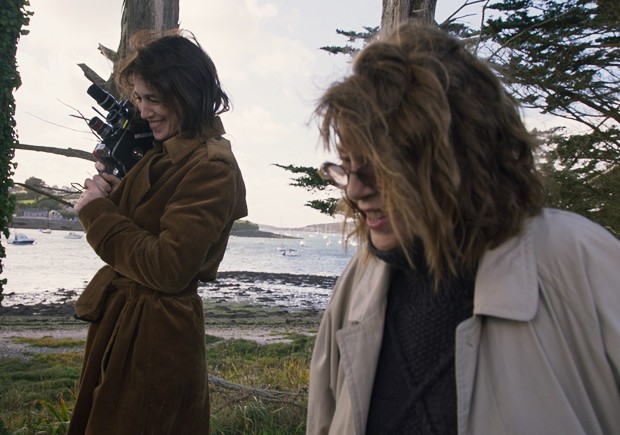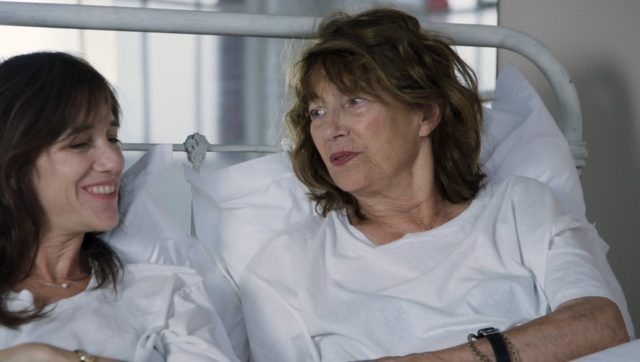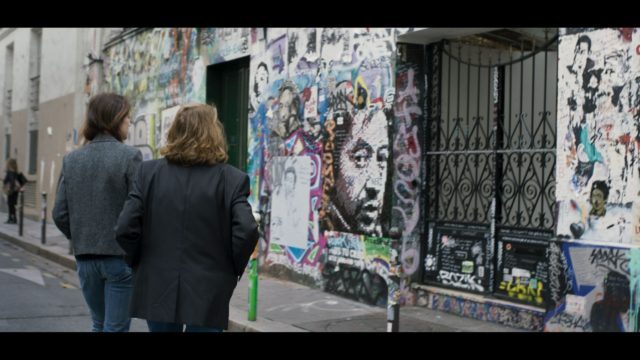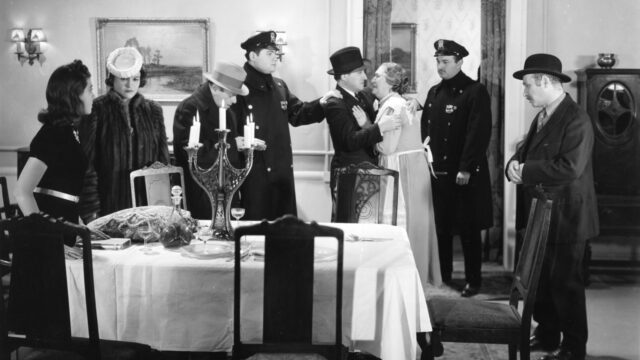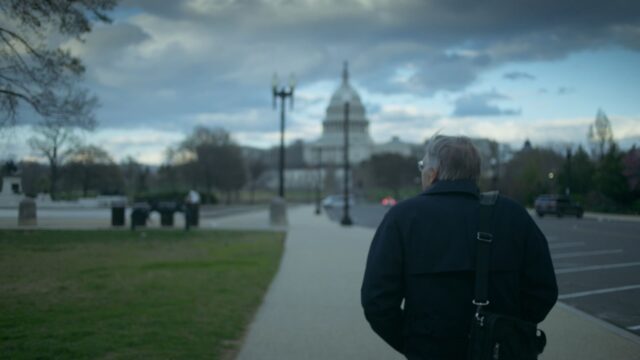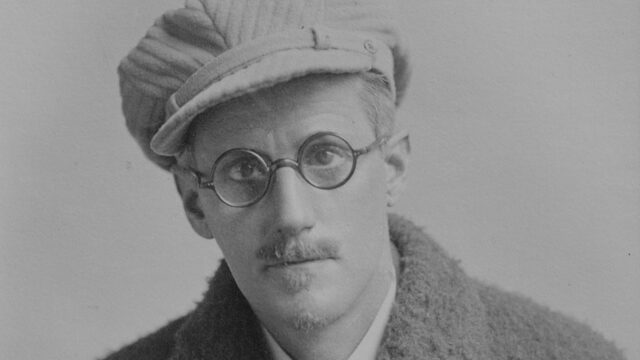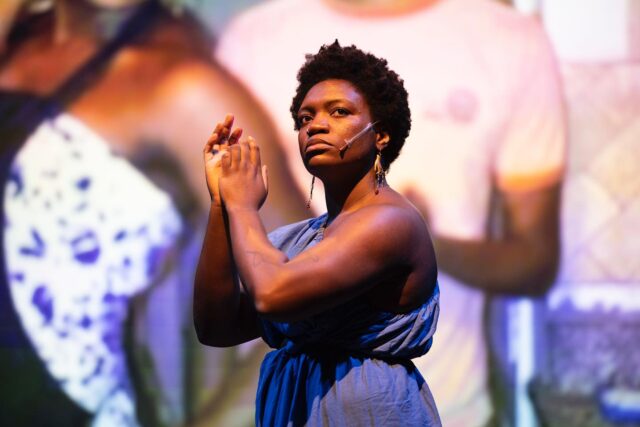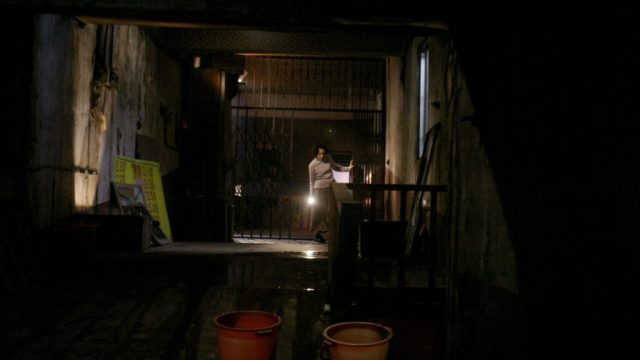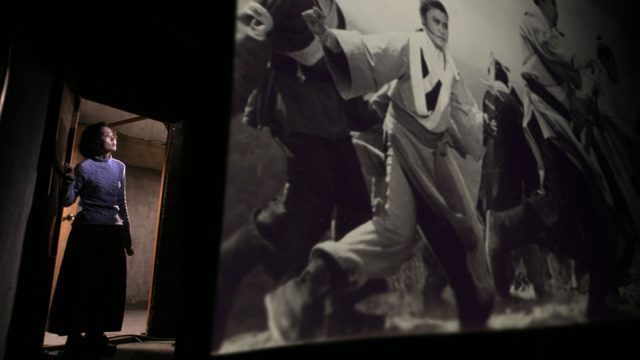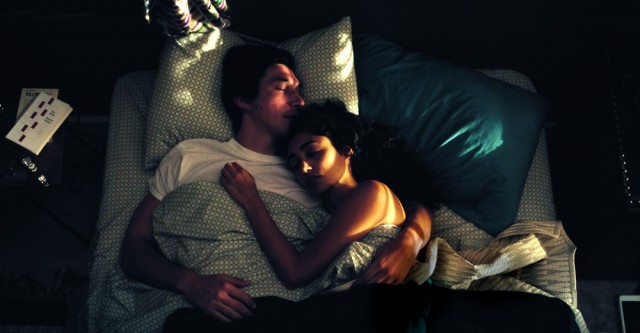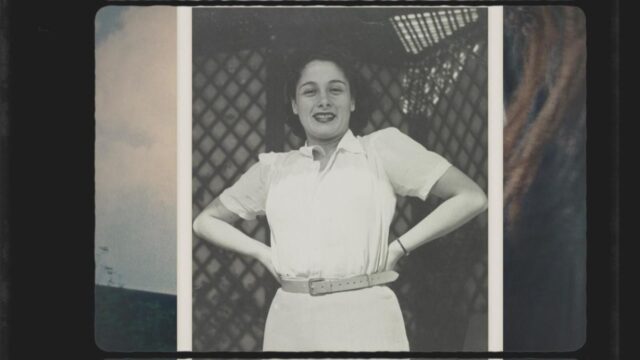
Isabelle Cottenceau immerses viewers into the life and career of designer Gaby Aghion in Looking for Chloé
LOOKING FOR CHLOÉ (GABY, THE WOMAN BEHIND MAISON CHLOÉ) (Isabelle Cottenceau, 2023)
Walter Reade Theater, Film at Lincoln Center
165 West 65th St. between Broadway & Amsterdam Aves.
Saturday, January 20, 7:00
www.filmlinc.org
thejewishmuseum.org
“Gaby was not a typical fashion designer who simply made clothes. She was someone who really wanted, in a way, to revolutionize society,” Chloé archive director Géraldine-Julie Sommier says about Jewish Egyptian designer Gaby Aghion in Isabelle Cottenceau’s Looking for Chloé. “There’s a quote I love: ‘She wanted to create an attitude through her clothes.’”
Screening January 20 at 7:00 at the Walter Reade Theater as part of the thirty-third annual New York Jewish Film Festival — copresented by Film at Lincoln Center and the Jewish Museum — the documentary tells the little-known story of the underrecognized Chloé founder, born Gabrielle Hanoka in Alexandria, Egypt, in 1921. In 1940 she married communist intellectual Raymond Aghion, they moved to Paris five years later, then she started Chloé in 1952, unhappy with the state of women’s clothing.
Aghion was not really a hands-on designer, not making any sketches or drawings, but she knew what she liked; she surrounded herself with talented individuals as she developed the brand, changing the industry with luxury prêt-à-porter. Among the designers she hired were Gérard Pipart, Phoebe Philo, Stella McCartney, and, most famously and successfully, Karl Lagerfeld, who helped put the fashion house on the map. “They understood each other. And it was Karl Lagerfeld who crystallized Chloé’s identity,” researcher Camille Kovalevsky says. However, Aghion points out, “We created Karl. It is not Karl that created Chloé.”
Cottenceau combines archival footage, family photographs, and old news reports with new interviews in the film, which features spoken text by Israeli-Dutch singer-songwriter and composer Keren Ann taken from a rare interview Aghion did in 2012.
“People have never understood how a fashion house called Chloé, a house that had no past, no name, could become so inventive,” Keren Ann narrates as Aghion. “We just opened the door to inventors. I love invention; I love people who stand up and take action.”
Longtime Chloé model Pat Cleveland explains, “Chloé is the essence of freedom, an air of elegance, but freedom at the same time . . . like a vacation for your body.”
Cottenceau (Sous les pavés, la jupe; Éloge de la laideur) paints a wide-ranging portrait by talking with Aghion’s economist son, Philippe, who shares touching remembrances with stark honesty; former creative director Clare Waight Keller; painter and photographer Peter Knapp; fashion exhibition curator Judith Clark; machinist Bayram Kaya; seamstresses Anita Briey and Virginia Da Silva Santos; celebrities atelier assistant manager Nicolas Imberty; personal friend Anita Saada; and FIT Museum curator Dr. Valerie Steele, who will participate in a postscreening discussion with producer Sophie Jeaneau.
Together they emphasize Aghion’s dedication to the freedom of movement, offering women literal and figurative liberation, helping them break out of boredom and social convention. She didn’t take herself too seriously, preferring to have fun and joke around as she remained in the background, her company making clothing that was adventurous, imbued with a spirit of fluidity, simplicity, and optimism for a new open-minded generation.
“She got into fashion with a determination to democratize it,” Aghion’s granddaughter, brand sustainability and development consultant Mikhaela Aghion, says. But Philippe admits her clothing was not inexpensive.
The film is being screened in conjunction with the excellent Jewish Museum exhibition “Mood of the moment: Gaby Aghion and the house of Chloé,” which continues through February 18 and consists of photographs, sketches, personal and professional documents, nearly 150 garments, and other paraphernalia celebrating the life and career of an extraordinary woman, who passed away in 2014 at the age of ninety-three but whose legacy lives on.
[Mark Rifkin is a Brooklyn-born, Manhattan-based writer and editor; you can follow him on Substack here.]
